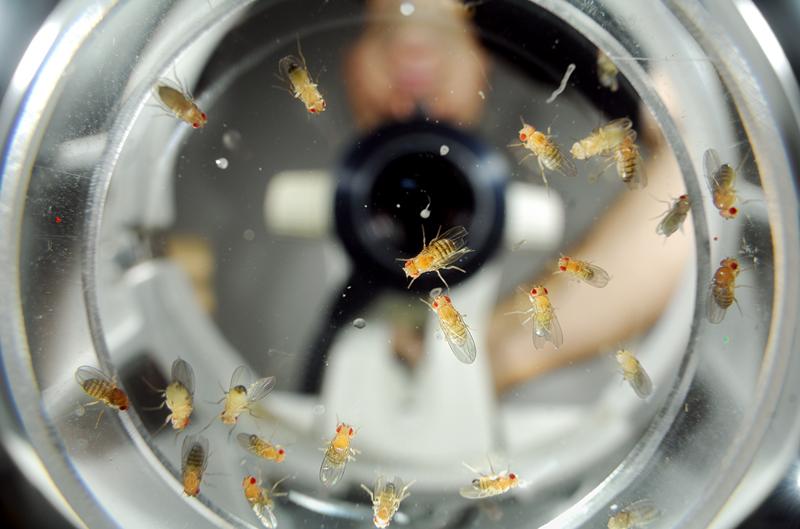Now Reading: 10 Behind-the-Scenes Secrets of Rosemary’s Baby
-
01
10 Behind-the-Scenes Secrets of Rosemary’s Baby
10 Behind-the-Scenes Secrets of Rosemary’s Baby

Quick Summary
- Roman Polanski’s Rosemary’s Baby (1968) was surrounded by unsettling real-life events and strange coincidences, fueling rumors of a curse.
- Mia Farrow walked into live NYC traffic during filming; Polanski assured her no one would hit a pregnant woman.
- Rosemary’s baby was scripted to be due in June 1966, referencing “666,” the biblical “number of the beast.”
- Composer krzysztof Komeda died at age 37 in a freak accident; producer William Castle received threatening letters and was hospitalized shortly after release.
- Actress Mia Farrow received divorce papers from Frank Sinatra on set due to his disapproval of her career focus.
- Farrow ate raw chicken livers despite being vegetarian, adding authenticity to her disgust in one scene.
- The Dakota building (film’s exterior) has its own eerie history, including John Lennon’s murder years later and alleged hauntings like ghost sightings.
- Cinematographer William Fraker worked under risky conditions building platforms for shots atop the Dakota roof without modern safety measures.
- A disturbing connection arose when roman Polanski’s pregnant wife Sharon Tate was murdered by Charles Manson’s cult months after Rosemary’s Baby featured Satanic cult themes around pregnancy.
- Subtle visual elements like phone numbers flipping upside down to spell “HELL” were embedded as psychological tricks by director Polanski.
Indian Opinion Analysis
The behind-the-scenes accounts of rosemary’s baby shed light on how creative ambition sometimes intersects with questionable practices. Filmmakers took notable risks-from endangering actors’ safety (e.g., walking into live traffic or eating raw meat) to exposing themselves while working at great heights-all for artistic realism. While this dedication contributed to its success as an enduring psychological horror film, it highlights ethical concerns regarding industry standards during that era.
India’s filmmaking landscape can draw lessons about balancing ambition with safety protocols; prioritizing actors’ well-being along with setting high creative benchmarks is essential for long-term credibility. Furthermore, themes like subtle visual cues (“HELL”) and using eerie locations (like the dakota) demonstrate how atmospheric storytelling can enhance audience engagement without relying heavily on graphic content-a technique worth considering for Indian cinema aiming at psychological intensity over explicit horror.
Studying films like Rosemary’s Baby, notably their legacy intertwined with real-life tragedies (e.g., Manson murders), further underscores art’s power-and vulnerability-in reflecting societal fears or coincidence-driven narratives outside the screen space. Modern Indian filmmakers exploring controversial or culturally sensitive topics must tread carefully given similar heightened public sentiment reactions that could arise locally.



























